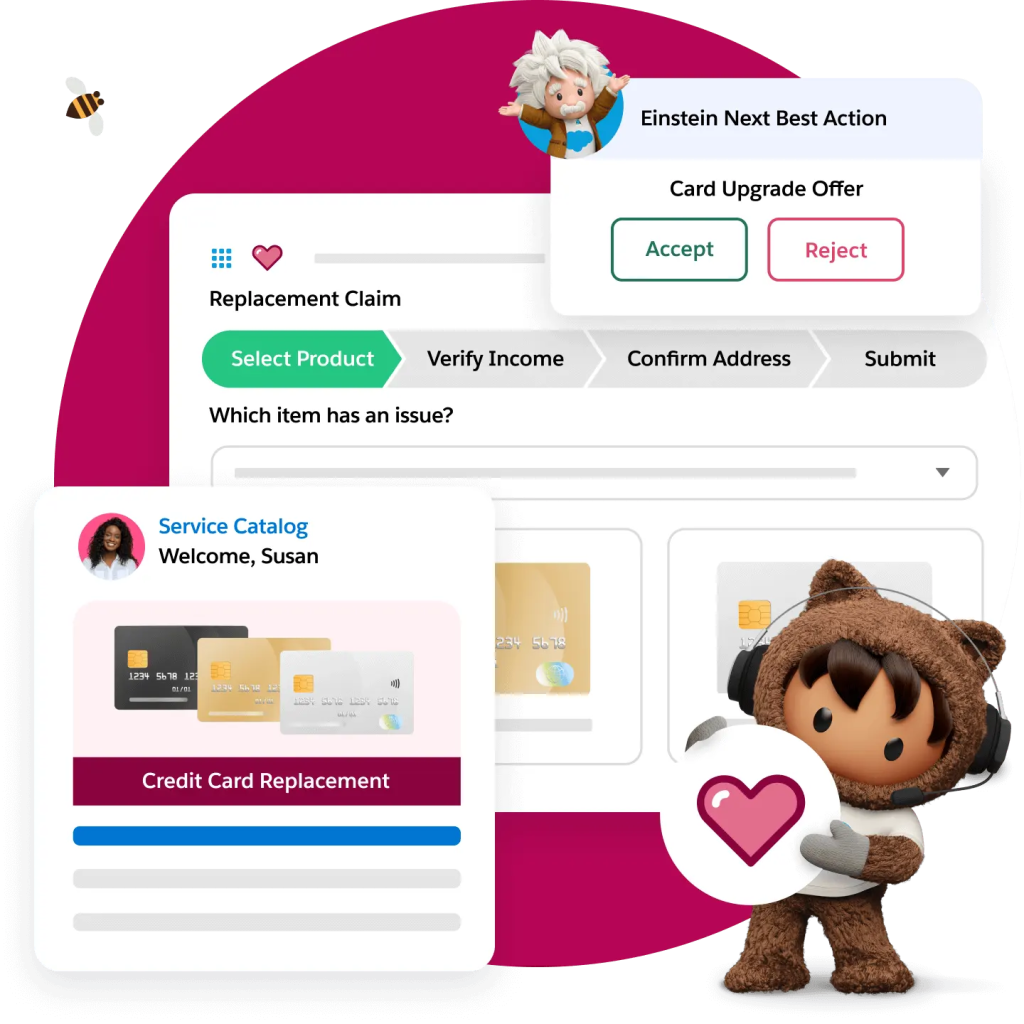
What Is Automated Customer Service?
AI is changing everything. Here’s how automation can improve service for both your customers and employees.

AI is changing everything. Here’s how automation can improve service for both your customers and employees.


Picture this: saving time, making fewer mistakes, and focusing more of your attention on what matters. This isn’t too good to be true — it’s what 99% of service professionals say automated customer service helps them do. Nearly all organisations have now invested in workflow automation. They’re confident about its benefits: 83% of decision makers plan to increase investments in automation over the next year.
In a world where customer expectations are increasing rapidly, it’s important for businesses to take every competitive edge they can. To help you put your best foot forward, we’ll dive into the ins and outs of automated customer service, and we’ll offer practical tips for making the most of automated tools.
Automated customer service uses technology to perform routine service tasks, without directly involving a human. For example, automation can help your support teams by answering simple questions, providing knowledge base recommendations, or automatically routing more complex requests to the right agent.

Read the Salesforce “State of Service” report for an in-depth look at the findings.
Here are a few examples of how you can use automation to improve agent productivity without sacrificing the customer experience:
Automated customer service is a must if you want to provide high-quality, cost-effective service — and it’s especially ideal if you have a large volume of customer requests.
You can offload customer service agents by having automation handle the simpler, lower-effort issues. That way, humans can focus on more complex requests. This prevents agent burnout, lowers customer wait times, and provides more strategic work for agents.
For example, a chatbot can help a customer find the hours your store is open, while an agent can handle an issue with a multi-line transaction from one of your most loyal customers.
Automated customer service can be a little intimidating at first. After all, without a human involved, how can you know the technology is effective?
A best practice is to regularly test the customer service experience yourself. Interact with a chatbot, email your customer service department — basically, go through all of your automated support options and record your experiences. In addition, you can:
If automated customer service is new to your organisation, try automating one function first and then measuring results. For example, try an email autoresponder and see the impact on your customer service metrics. This approach can also help you convince senior leadership that automated customer service is a worthwhile investment.
For automation to be effective, you need access to the right data at the right time. And if an aspect of your business changes (say the address of one of your stores), you’ll need to update your automated systems accordingly. And as always, track your progress: keep an eye on metrics like response rates, time to resolution, and CSAT to see what’s working and what’s not.
In two words: generative AI. This technology is rapidly evolving and will continue to transform the customer service industry. As a result, automated customer service tools will become even more sophisticated, and AI will provide more nuanced support to agents.
Still, the basics of great customer support will always be the same. Customers want their questions answered and their issues solved quickly and effectively. Automated customer service can be a strategic part of that approach — and the right tools can help your agents deliver the great experiences that your customers deserve.

How much could you save by using field service management software to increase worker productivity or improve first-time fix rates? This interactive tool will help you quantify your potential ROI in just a few minutes.